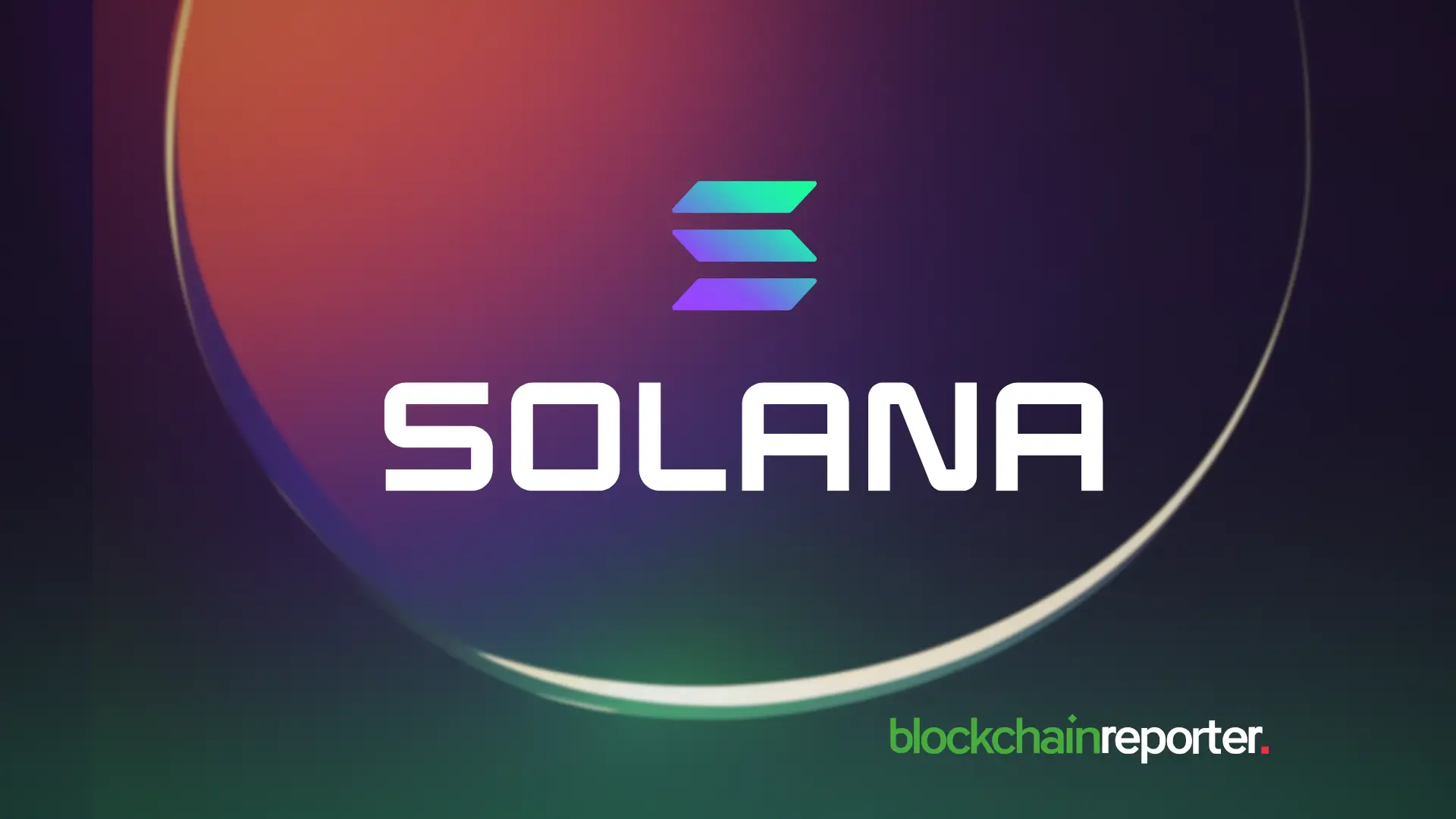Google engineer proposes sharing detailed data on how its ad system selects winners
A top Google engineer told a federal court the tech giant is prepared to lift the veil on how its advertising system picks which ads appear on websites, marking a significant concession in an ongoing antitrust trial.
Glenn Berntson, who directs engineering for Google Ad Manager, said during testimony this week that sharing detailed information about the company’s ad selection process with website owners “is a good idea.”
The statement, reported by Bloomberg. came as prosecutors push for sweeping changes to how Google operates its advertising business.
The case centers on a ruling from April, when US District Judge Leonie Brinkema determined Google illegally dominated two key markets. The judge found that the company controls over 90% of the ad server market and also monopolizes the ad exchange business. Now prosecutors want the judge to break up parts of Google’s advertising operations and force the company to reveal how its systems work.
Google Ad Manager combines both the ad server and ad exchange into one product. The ad server functions as a website’s control center, deciding where ads should go, which ones to display, and tracking results for advertisers.
The Justice Department filed the case in 2023 and is asking for public access to the formulas Google uses to pick auction winners.
Technical challenges in revealing ad selection code
Berntson pushed back against simply releasing the computer code, saying most website publishers would struggle to make sense of it. Instead, he suggested Google could create technical documents explaining the decision-making process. He admitted that bigger publishers with advanced advertising operations and competing ad server companies would probably want to examine the actual code.
Website publishers have complained for years that Google’s advertising products operate like a mystery. Several testified during the trial about their frustration with the system.
“We don’t know why the impressions land the way they do,” Grant Whitmore from Advance Local said last week. Advance Local runs local news operations for the Newhouse family’s Advance Publications Inc. “It’s like a pachinko ball, we don’t know all the variables that are bouncing the ball around.”
The two-week hearing has the 81-year-old judge considering what penalties to impose. Brinkema, who joined the bench in 1993, has zeroed in on technical questions about what prosecutors are demanding.
“Where your time should be spent is on the experts,” Brinkema told lawyers, dismissing much earlier testimony as “window dressing.” She said she wanted to hear what Google considers technically possible.
Government pushes for AdX sale
As reported by Cryptopolitan earlier, biggest government demand involves forcing Google to sell its AdX exchange, which handles about 56% of the market by connecting buyers and sellers in split-second auctions.
A computer science professor from the University of Minnesota reviewed Google’s computer code and called it “beautiful to look at.” Jon Weissman said separating the products was “technically feasible” and wouldn’t hurt the software quality.
Google disputes this view. Tim Craycroft, a vice president at Google Advertising, called the government’s plan “naive, vague and incoherent in places.” He said completing the separation would take “years and years of work.”
An engineer who previously worked at both Google and Meta estimated the move would take 18 months at most and would need about 80 engineers. Goranka Bjedov testified for the government and based her numbers on Google’s internal documents.
Prosecutors also want Google to build tools letting publishers easily move their data elsewhere and to make the ad server work better with competing technology. They want the auction selection process made public and restrictions on Google giving preference to its own ad buying tools.
Google Ads, the company’s ad network, sends 89% of its bids to other Google products, according to a Justice Department economic expert. Craycroft said the proposed changes would put Google at a “competitive disadvantage” compared to other companies in the industry.
Join a premium crypto trading community free for 30 days - normally $100/mo.
You May Also Like

Experts Hint at Downtrends in the SOL and ETH Price; Meanwhile, Digitap, the Future of PayFi, Targets 5,000% Gain

$1,250 in This Crypto Could Make You a Millionaire by 2026, Recreating XRP and Ethereum’s Success
